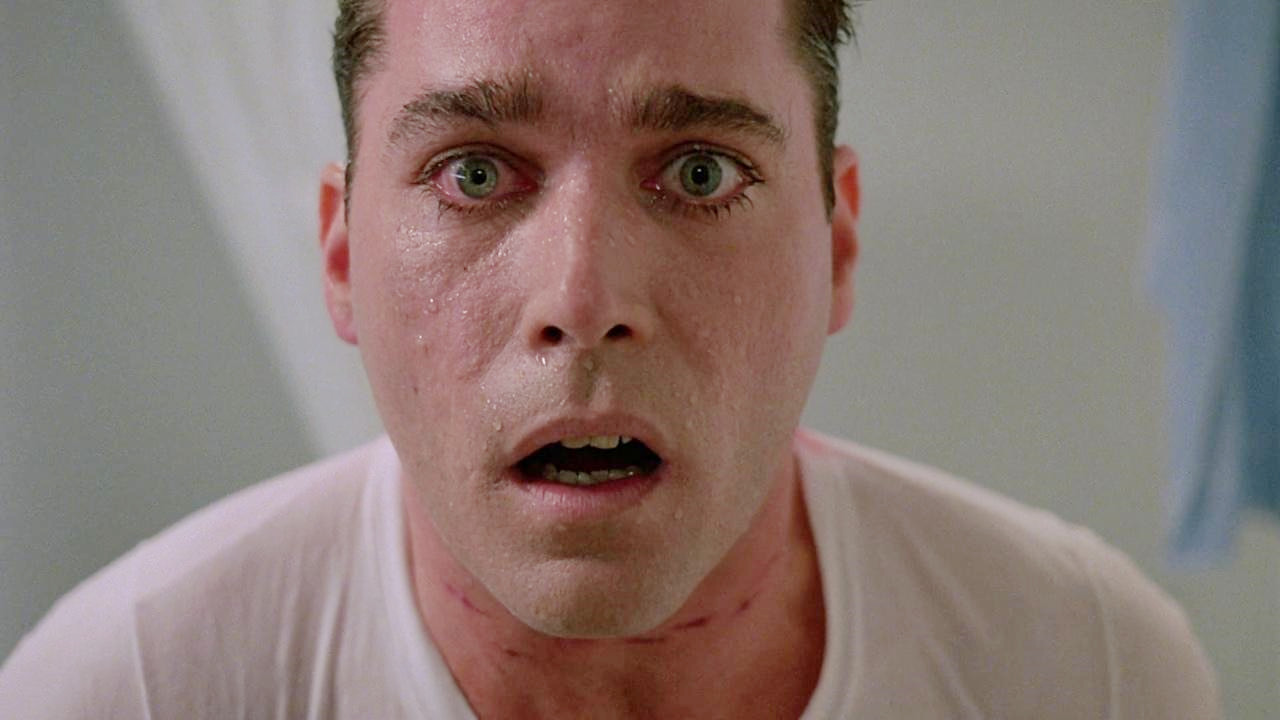
In just over twenty-five years and nine feature films, Paul Thomas Anderson has developed a body of work that’s unmatched in contemporary cinema. Where other filmmakers of the video store generation swayed towards genre (Quentin Tarantino), or some towards blockbuster actioners (Christopher Nolan), Anderson stayed true to the emotive impulses of classic cinéma vérité, all whilst dipping his toe in the waters of so-called lesser art. Much like Stanley Kubrick, Anderson immerses us in a different world with every new film, but what’s fascinating is how he manages to stay faithful to his discernible style, still always bringing us something fresh to the table.
Whether it’s Hard Eight or Phantom Thread, if PTA’s films have fundamentally centered on anything, it’s loneliness and alienation. Take Magnolia, an ensemble film in which every character feels the weight of these issues, or Adam Sandler’s Barry in Punch Drunk Love, with his failing business prospects and social ineptitude. Many common themes echo through the eight (soon-to-be-nine) features of the infamous director’s canon, like the parental troubles of Boogie Nights, Magnolia, or There Will Be Blood, but what leaves an everlasting impression of a supposed ‘trademark style’ isn’t just the thematic commonalities, but the technical aspects, too.
This is where film history comes into play, and more specifically, the importance of a great director’s inspiration. Fortunately for us, PTA has been relatively vocal on his influences over the years. He’s never been much for publicity, and for the fanatics of his work, it won’t take long to exhaust the few behind-the-scenes tapes and Q&As floating around on the internet. Nevertheless, through various comments made in written interviews and unashamed references in his work, we can start to determine exactly which pictures define that PTA touch, and precisely which films he recommends to the cinephiles out there.
10. Shoot the Piano Player (1960)
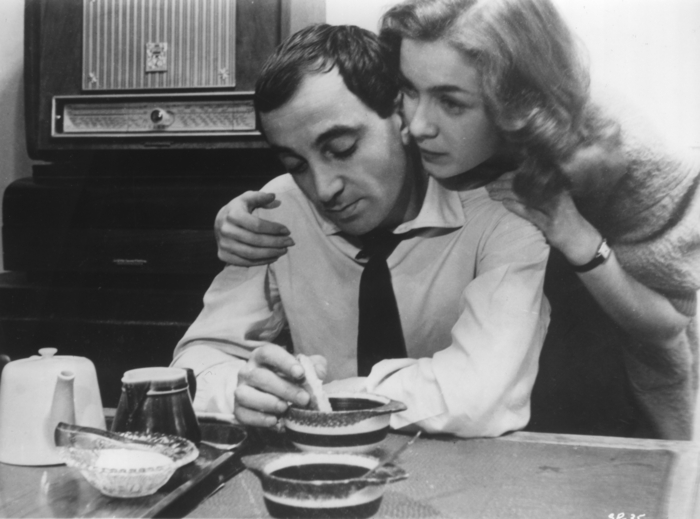
In a 1998 list titled ‘10 Films That Influenced Boogie Nights’, Anderson referenced François Truffaut’s noir classic Shoot the Piano Player for its lasting impact on him, praising Truffaut’s deft ability to play with genre and even calling it the film that taught him how to dress. Upon viewing, much sense can be made of this statement, almost every character clad in either a swanky suit, loosely bound necktie, or flashy blazer, curiously similar to elements of PTA’s attire in his earlier public appearances.
Alas, we’re not here to discuss fashion trends, but the reasons for Anderson’s recommending this film in the first place, of which there are many. A standout aspect the auteur praised was the use of Cinemascope here, which at the time was reserved mostly for big-budget Hollywood movies. This extra space on the screen, although seemingly insignificant, allowed for more focus on character, creating a world in which the backdrop of Paris was simply another landscape alongside the multiple faces that danced across the frame.
Many modern directors found inspiration through French New Wave, Quentin Tarantino even naming his production company A Band Apart after Jean-Luc Godard’s classic of a similar name. What makes PTA’s recommendation interesting, however, is that it isn’t amongst the most renowned entries of the French film movement, Jules and Jim, Breathless or The 400 Blows generally being higher regarded in the broader critical circle. Still, when you take a step back, it’s no wonder this one is an all-timer for the veteran filmmaker. Of all Truffaut pictures, Shoot the Piano Player gets closest to mirroring PTA’s unique approach, resulting in an effortless blend of arthouse and genre.
9. Stray Dog (1949)
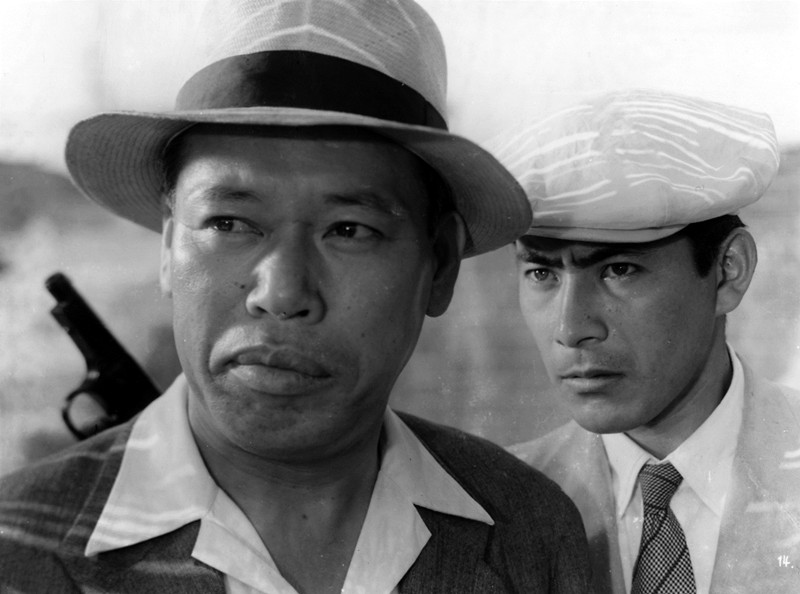
Another outlier when compared to the respective filmmaker’s greatest hits, Stray Dog is a hidden gem of master director Akira Kurosawa’s legendary oeuvre, and a general highlight of his police procedural entries. This was yet another film mentioned as a primary influence on Boogie Nights, and when taking the time to set aside the differences, it shows. The film centers on a budding detective who loses his gun, and the ramifications that follow. Anderson complimented the film’s disarming simplicity, saying ‘it has the simplest plot you can say in one sentence: rookie cop loses his gun, he has to get it back. It’s unbelievable.’
Outside of the breakneck pace and sweltering heat of Boogie Nights, Stray Dog has many similarities with PTA’s other work, Inherent Vice being an obvious one. Inherent Vice was Anderson’s first all-out noir film, and so it would make sense that the noirs he adores can be seen in its meandering premise, Joaquin Phoenix’s listless protagonist Doc bearing many of the same traits as Toshirō Mifune’s nerve-wracked Detective Murakami. Mifune’s character is uncharacteristically amateur here, lacking the confidence and sturdiness of his more well-known characters. It’s a role that best displays the versatility of the cherished actor, and his knack for immersing himself in the personalities he assumed.
Like Kurosawa’s more revered High and Low, Stray Dog can be set apart from the rest of the titan director’s work in the sense that it’s not a period piece nor a samurai venture, but a scathing look at the psychological consequences of governmental responsibility, and the social strain of a postwar Tokyo. PTA’s The Master follows similar themes, but instead of looking at Japan, it focuses on those on the other side of the sea. As with most of Anderson’s films, this is a movie that encompasses an entire universe of eclectic topics, all whilst hanging on to its simplistic gravitas as it stumbles drunkenly to the finish line.
8. The Big Sleep (1946)
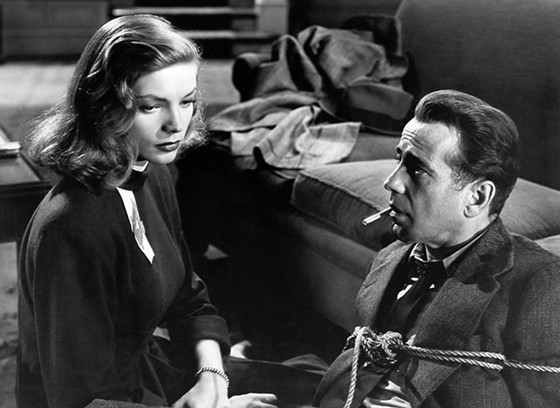
If Stray Dog had some similarities with Inherent Vice, The Big Sleep utilizes a near-identical method of storytelling. Like PTA’s 2014 noir, Howard Hawks’ genre milestone is as convoluted as it gets, actively challenging the viewer to get lost in its messy myriad of puzzling mysteries. Adapted from the original novel by Raymond Chandler, who openly admitted to not knowing who the murderer of his own story was, the film tells the tale of Humphrey Bogart’s private dick Philip Marlowe, and the rabbit-hole case he finds himself on.
PTA once said of the movie: ‘The Big Sleep is impossible to follow, but it doesn’t matter. You just want to keep watching it, seeing where it goes.’ This, in many ways, is the formula of Inherent Vice; a chaotic adaptation of a chaotic source material. Beyond that, the ramping tension of The Big Sleep resembles many other PTA pictures, making it a movie that’s affected the director’s entire career. The amount of iconic couples the big screen has seen is ceaseless, and whilst John Cassavetes and Gena Rowlands will never be bested on their level of cool, Lauren Bacall and Humphrey Bogart will never be reckoned with on their level of class.
It would be easy to dismiss The Big Sleep as nothing more than a scrambled collage of ideas, but that would be underestimating its legendary influence on the genre. Hawks proves here that an audience needn’t always comprehend a story. If they’re enjoying the performances or the imagery on screen, the tickets will sell themselves. Film noir is a genre that saw its defining years in the 40s, its signature cynicism birthed by the universally endured trauma of WWII, making it like the western in that real-life issues fed into the principles of its style. For its 1946 release, The Big Sleep came at the very end of this terrible time, making it not just a film for the ages, but a film that acts as a mournful, final call. The noir to end all noirs.
7. Something Wild (1986)
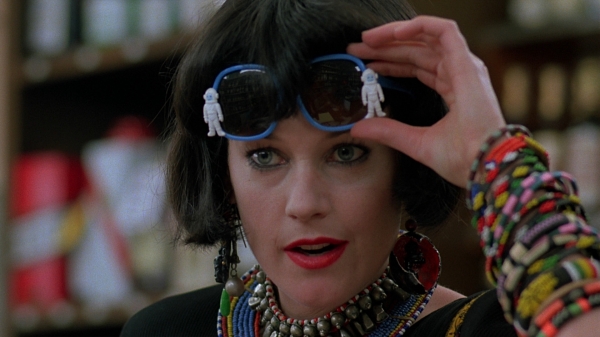
Aside from master of Americana Robert Altman, no director has had as much an effect on PTA as veteran craftsman Jonathan Demme. Anderson has long championed Demme as his ‘favorite, top-of-the-line filmmaker,’ referencing his eclectic filmography and masterful use of subjective camerawork. So much of Anderson’s visual technique can be traced back to this, particularly when studying his closeups. It’s no coincidence that the shots of Joaquin Phoenix’s Freddie Quell or Amy Adams’ Peggy Dodd in The Master recall the POVs on Jodie Foster and Anthony Hopkins in The Silence of the Lambs, but it’s Something Wild that resembles the impulsivity of PTA, specifically the youthful allure of his earlier entries.
Something Wild is, for the most part, exactly what it says on the tin. When successful businessman Charles Driggs is kidnapped by free-spirited young woman Audrey ‘Lulu’ Hankel, the unlikely duo wreak havoc on a road trip across America, meanwhile Lulu’s mobster ex-husband Ray Sinclair is hot on their tail. With breathless performances from Melanie Griffith and Jeff Daniels, and a suitably tough-guy turn from Ray Liotta, Demme’s screwball masterpiece oozes entertainment value, making it one of the most thoroughly engaging road movies of the 80s.
It’s no big mystery why Something Wild is a PTA favorite. It’s a typically refreshing entry from a notoriously intangible filmmaker, complimented by master cinematographer Tak Fujimoto’s exquisite framing. Like PTA, Demme was a filmmaker who took pride in realizing a brave new world every time he stepped behind the camera, producing concert films such as Stop Making Sense, courtroom dramas like Philadelphia, or politically taught documentaries like The Agronomist. Sadly, Demme died in April 2017 after battling multiple illnesses, leaving such an impression on Anderson that he dedicated his 2017 film Phantom Thread to his memory. No end credit moment is as emotionally charged as this; a tip of the hat from one great artist to another, thus concluding a long and mutually invaluable friendship.
6. The Passionate Friends (1949)
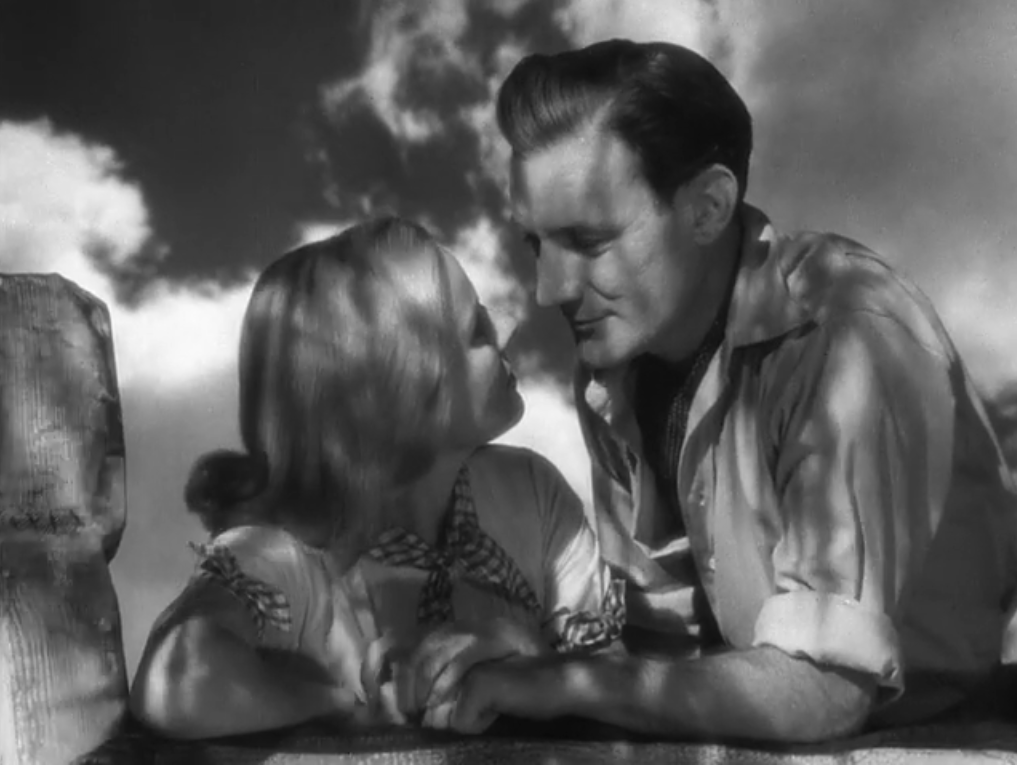
David Lean was a director adored by many great filmmakers, from Italian masters like Sergio Leone to American icons like Stanley Kubrick, but PTA has always been one of his very most enthused fans. In The Passionate Friends, a film in which a classic love triangle is dissected into its various pros and cons, we find echoes of Anderson’s work, specifically the baroque aesthetic of Phantom Thread. With its snow-capped mountains, New Year’s Eve sequence, and period-Britain backdrop, there are countless reflections of Anderson’s 2017 film here, but what makes the movie extraordinary is how criminally undervalued it is.
Lean, of course, is known for his more famous works Lawrence of Arabia, Bridge on the River Kwai, or Brief Encounter. Interestingly, Brief Encounter focuses on many of the same issues as The Passionate Friends and was released just a few years before, so it’s easy to see the reasons behind its being overshadowed. Anderson confirmed the film as an influence on his work in multiple Q&As, expressing confusion as to why it isn’t more talked about. Upon seeing the film, one can only agree with these comments. This is classic, achingly romantic Lean, representing a sweeter time before sprawling epics would dominate his back-catalog.
If the stellar direction doesn’t do it for you, the performances surely will. With heartbreaking turns from Ann Todd and Trevor Howard, and a standout performance from Claude Rains, this one is a lot more than the Brief Encounter knock-off critics mistook it for. The Passionate Friends is as much a searingly accurate depiction of love, as it is a spot-on portrait of jealousy. Just what is it with love and trains, and why does Lean make them feel so right for each other? Maybe it’s the coming and going, or the skip in the heart when saying goodbye. Lean – forever the master of passion in transit.